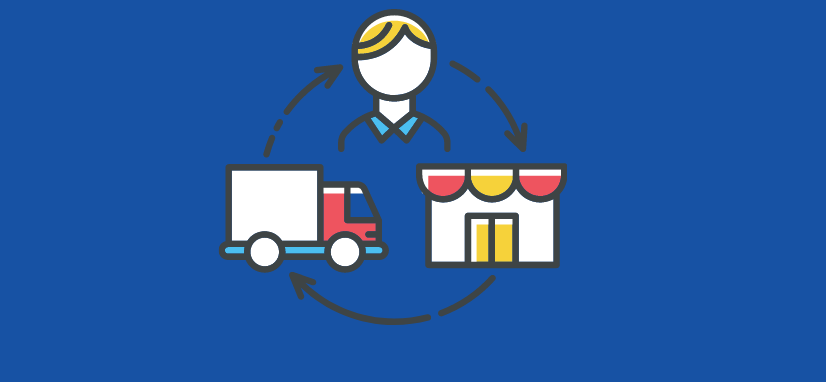Dropshipping VS Ecommerce Fulfillment: What Is the Difference?
- 02/09/2022
- HonestFulphilment
When comparing dropshipping vs eCommerce fulfillment, you probably know both somewhat. Because you have already opened this page. Both dropshipping and eCommerce fulfillment can be profitable online businesses. The point is how you choose according to yourself.
Don’t confuse dropshipping vs eCommerce fulfillment, keep scrolling this page, and carefully analyze their differences and pros and cons before making your choice.
What is eCommerce Fulfillment?
E-commerce fulfillment is a business model that involves purchasing items in wholesale quantities, selling them online, and fulfilling each order internally. With this business model, retailers hold inventory of the products they sell.
With eCommerce, business owners create branded websites with built-in eCommerce capabilities. Shopify is a popular eCommerce website-building platform, general website-building platforms, such as Squarespace and WordPress, also have plugins for building online storefronts.
Many people start out when they are still selling small enough to run their eCommerce store from a spare room in their garage or home. However, as their business expands, store owners need to go rent a larger warehouse to meet the smooth fulfillment of orders.
What is Dropshipping?
Dropshipping is an order fulfillment method that does not keep an inventory of the products it sells. Instead, sellers purchase inventory from a third-party logistics– usually a wholesaler or manufacturer – as needed to fulfill the order.
Dropshipping is a business model favored by many new sellers with low inventory carrying and investment risk.
The Difference Between Dropshipping Vs Ecommerce Fulfillment
E-commerce Fulfillment

After a customer places an order at an online store, the order is sent to a fulfillment center. For small businesses, in-house fulfillment is convenient. However, it has certain limitations such as being time-consuming, difficult to scale, and limited storage and labor.
Therefore, for merchants with more than 200 orders per day, choosing third-party logistics is worth considering. It reduces the merchant’s workflow and also eliminates the need to spend on warehousing.
Dropshipping

We are proud to offer you a transparent and user-friendly system that anyone can use, with a very low barrier to entry. No complicated registration, onboarding, setup, agreements, or lengthy, fixed-term contracts.
HonestFulphilment was built and is maintained in-house, mainly for dropshipping services. Updates are released at least once a month as a result of feedback and feature requests from our users. We also offer to develop bespoke modules for those who wish to automate and systemize specific tasks.
However, it is beneficial if you can advertise your products on your website. The cost of an e-commerce website is different depending on your needs. Usually, it ranges from $5 to more than $500 per month.
A website makes your store more professional and can optimize the user experience. Marketing can also contribute to your business. Google Ads and Facebook Ads are popular advertising platforms that can increase traffic to your website.
The Pros and Cons of E-commerce Fulfillment vs Drop-Shipping
Pros and cons of eCommerce fulfillment
Pros and cons of dropshipping
Just like e-commerce fulfillment, dropshipping is not for everyone. The advantages of drop shipping are.
Unfortunately, there are some obvious disadvantages to drop shipping.
Conclusion
Dropshipping vs ecommerce fulfillment, you have to choose one. There is no better business model, only one that is more suitable for your career development. This requires not only knowing what you are trying to achieve, but also figuring out what your customers want.
If you cooperate with us, these will no longer be your worries. Our professional team can help you find the most suitable e-commerce solution for you. Get ready to take the next step and build your dropshipping business! Please contact us immediately.
Dropshipping vs Ecommerce Fulfillment FAQ
Need a Quick Quote?
– Competitive price
– Quote within 24 hours
– 30+ Shipping methods
– Dedicated account manager
– Shopify/Woo integrations
– Autofulfil
– Auto tracking
– Plus much, much more

5 Best Wholesale Home Decor Suppliers 2023



10 Best Bikini Brands For Summer 2023








